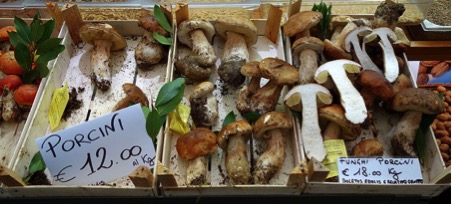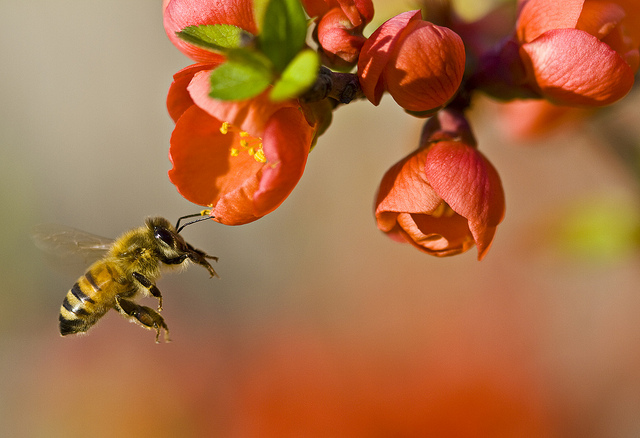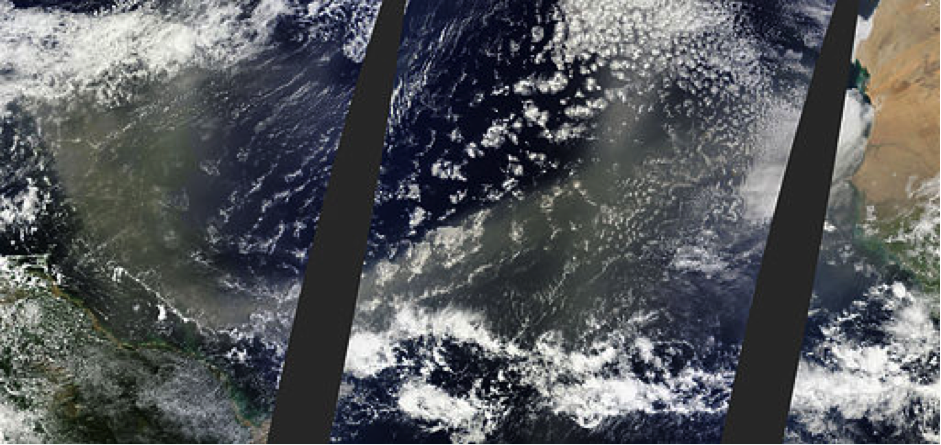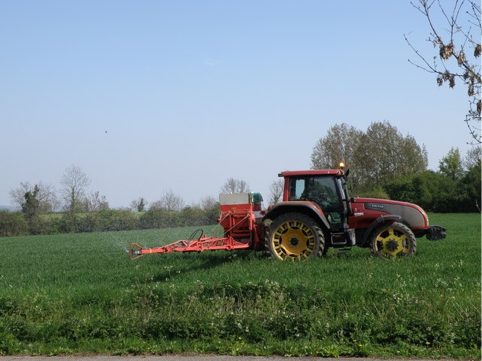Reducing the Powers of the Chief Minister. A Petition to Tynwald, July 2023

I handed a petition for redress to the Clark of Tynwald at the foot of Tynwald Hill on Tynwald Day 2023. The relevant Tynwald committee has now declared this petition ‘in order’, meaning it is available for any member of Tynwald to pick up for action / debate. The first oppertunity for this to happen is October’s Tynwald sitting, 2023.
Read MoreTiny grains, big data: the Global Pollen Project (crossposted from Methods.blog)

The Global Pollen Project is a new, online, freely available tool developed to help people identify and disseminate palynological resources. This article was originally published for Plant Conservation Day, on Method.Blog.
Read MoreVisualising climate model ensemble outputs in D3.js
Recently I was tasked with prsenting data for future climates to a diverse user base (public, professional, and scientific). It took a lot of time to understand how best to summarise complex outputs of global climate models, and how to display this information in an easy to understand format to end users of our software.
Read MoreBarcoding our Biodiversity

The huge variety of traits in fauna and flora became an obsession for seventeenth century colonial travellers, who catalogued and classified their new encounters, sending samples home to form large collections, such as those in the Oxford Museum of Natural History and Kew Gardens.
Read MoreThe Dangers With Economically ‘Valuing’ Nature’s Benefits

Ecosystem services - the benefits of nature to humanity - are increasingly an essential concept in policy that promotes the sustainable use of natural resources.
Read MoreThe Collapse of Norse Greenland: Evidence from Environmental Records

The Norse were travellers by ocean, colonising as far north as Iceland and Greenland, southwards throughout the British Isles, as well as raiding throughout much of Europe. Viking sagas have told us of the voyages of Erik the Red, who led new settlers to the southwest coast of Greenland in 982AD.
Read MoreIsle of Man Population Projections: an Uncertainty Estimate

The Island’s housing need relies on accurate and up-to-date population statistics and projections. Government have committed to using the latest demographic information for the Area Plan process in the Strategic Plan. However, Government’s latest housing need figure does not take into account new observational data that was released as part of the 2016 census. Government’s population projections are also deterministic and do not therefore quantify uncertainty arising from assumptions about population change and measurement error in the Isle of Man datasets. It is desirable to quantify uncertainty to be sure that the precautionary principle is respected when used in land-use planning terms. The United Nations have adopted a Bayesian approach that applies hierarchical models to estimate Total Fertility Rate (TFR), life expectancy, and future populations, all with model uncertainty (Raftery et al 2014). This approach uses the same underlying intercensal compartment approach that is used in the official Isle of Man Government projections, but properly accounting for uncertainty. Here, I apply the latest UN method using the latest publicly available information to create population projections and show the bounds of uncertainty.
Read MoreUsing pollen to map plant species occurrence through time: a D3.js example
For the Global Pollen Project, I wanted to create an interactive map that integrates modern observations of plant species with evidence of their distribution in the past.
Read MoreAn Infinite Variety of Names

Despite a rich scientific heritage of environmental exploration and classification, we are still not much closer to understanding how many unique species populate our planet.
Read MoreThe Ancient Lake that Fertilises the Amazon

The Amazon Rainforest is one of Earth’s most biodiverse locations, and recent evidence suggests that it is tightly coupled to one of the most barren. Using satellite observations, Saharan dust storms have been tracked across the Atlantic to the Caribbean and South America. A unique combination of geological and climatic drivers has created these conditions, which are hypothesised to transport essential nutrients to the Amazon.
Read MoreBritain's Hidden Nitrogen Addiction

The British Isles are home to a group of farming nations. In the United Kingdom, approximately 77% of the total land area is used for farming, providing a substantial contribution to regional and global food security. Since the mid 19th century, increasing intensification of our agricultural system has led to a hugely important increase in food production, but also a dependency on inputs that is spiralling out of control.
Read More